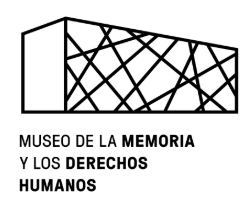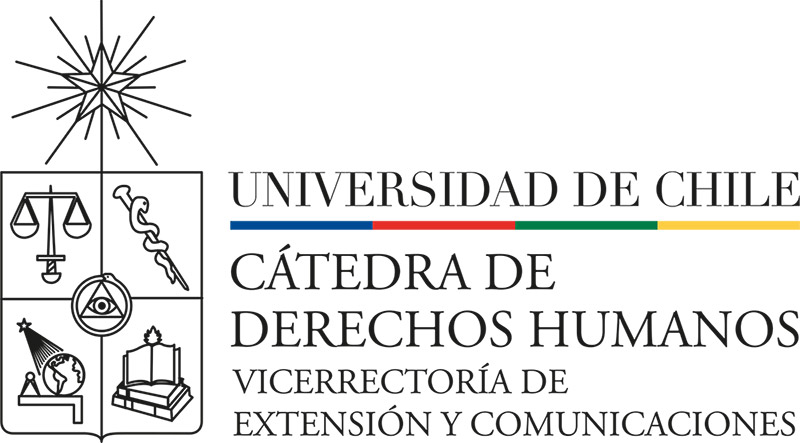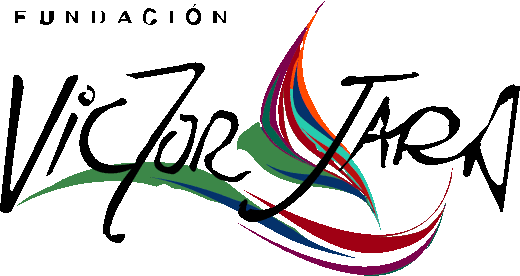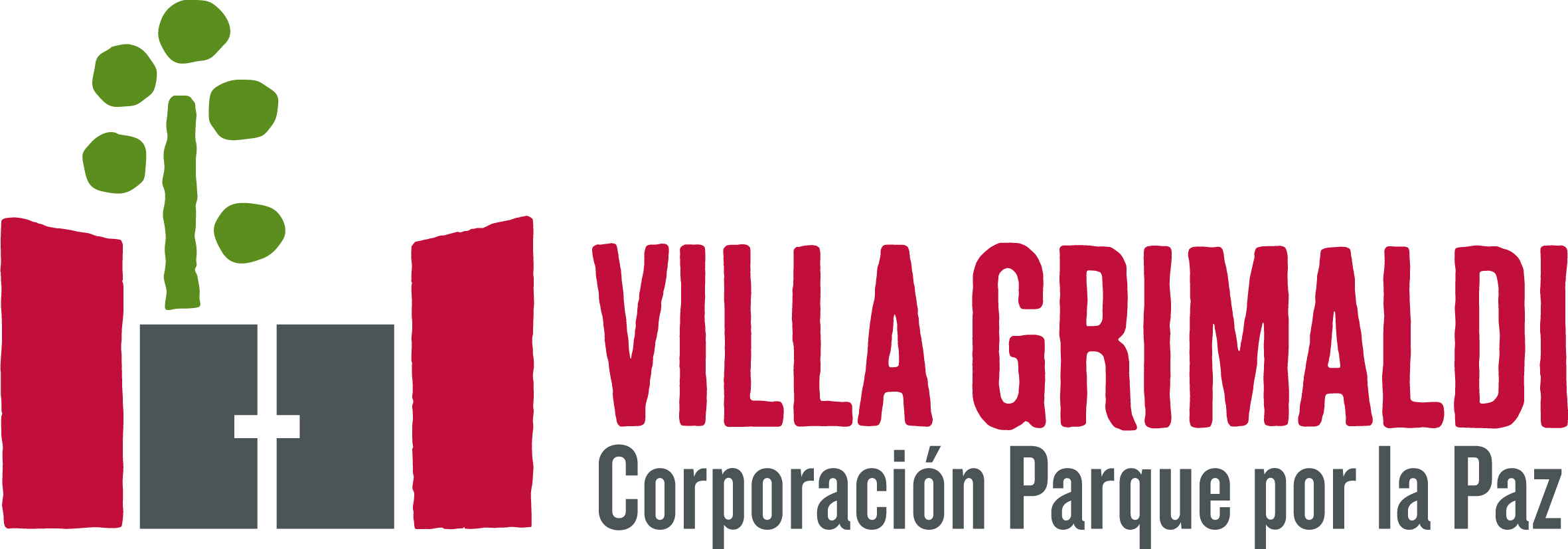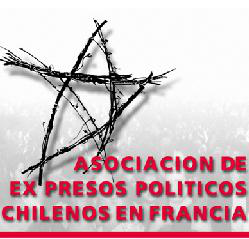 Cantos Cautivos
Cantos Cautivos
181 results where found for «The dance of those left behind»
Prayer So You Don't Forget Me (Oración para que no me olvides)
Music piece by:
Óscar Castro (words) and Ariel Arancibia González (music)
Testimony by:
Rosalía Martínez
Experience in:
Campamento de Prisioneros Cuatro Álamos, November - December 1974
Tags:
What Will the Holy Father Say (Qué dirá el Santo Padre)
Music piece by:
Violeta Parra
Testimony by:
María Cecilia Marchant Rubilar
Experience in:
Cárcel de Mujeres Buen Pastor, La Serena, September 1973 - January 1974
Tags:
Musicalized Dialogue between Two Old Prisoners (Diálogo musicalizado entre dos ancianos presos)
Music piece by:
Sergio Vesely
Testimony by:
Sergio Vesely
Experience in:
Tags:
Candombe for José (Candombe para José)
Music piece by:
Roberto Ternán
Testimony by:
Alejandro Olate
Experience in:
Tags:
Candombe for José (Candombe para José)
Music piece by:
Roberto Ternán
Testimony by:
Amelia Negrón
Experience in:
Campamento de Prisioneros, Tres Álamos, June 1976
Tags:
South-Eastern Storm (La Sudestada)
Music piece by:
Poni Micharvegas
Testimony by:
Luis Alfredo Muñoz González
Experience in:
Campamento de Prisioneros Cuatro Álamos, late February 1975
Tags:
Music piece by:
Ludwig van Beethoven
Testimony by:
anonymous
Experience in:
Cárcel de Valdivia / Cárcel de Isla Teja, September 1973
Tags:
They Say the Homeland Is (Dicen que la patria es)
Music piece by:
Chicho Sánchez Ferlosio
Testimony by:
Sergio Reyes Soto
Experience in:
Campamento de Prisioneros Isla Dawson, 1973 - 1974
Tags:
Music piece by:
lyrics: collective creation; music: 'Jálame la pitita' by Luis Abanto Morales (Peruvian polka)
Testimony by:
María Cecilia Marchant Rubilar
Experience in:
Cárcel de Mujeres Buen Pastor, La Serena, September 1973 - January 1974
Tags:
Music piece by:
Eusebio Lillo and Ramón Carnicer
Testimony by:
Boris Chornik Aberbuch
Experience in:
Campamento de Prisioneros Melinka, Puchuncaví, March 1975
Tags:
